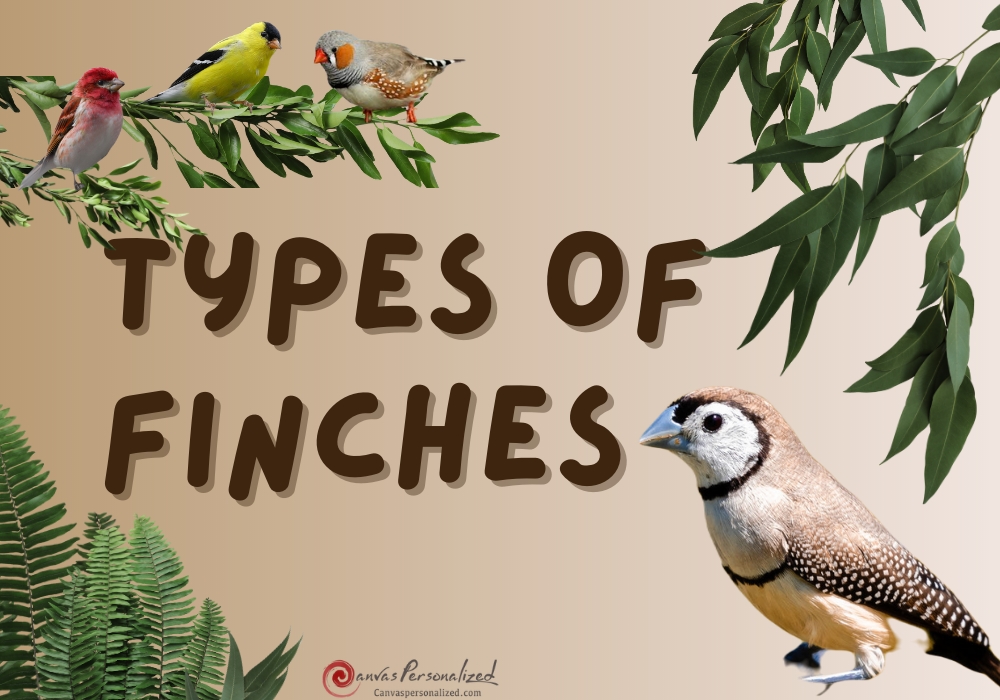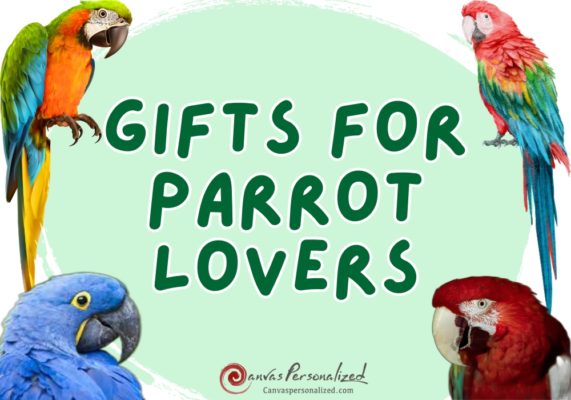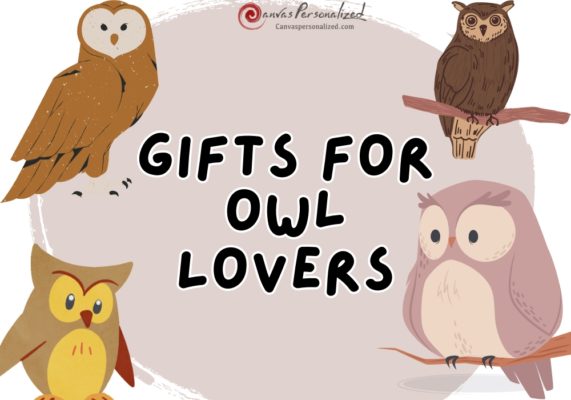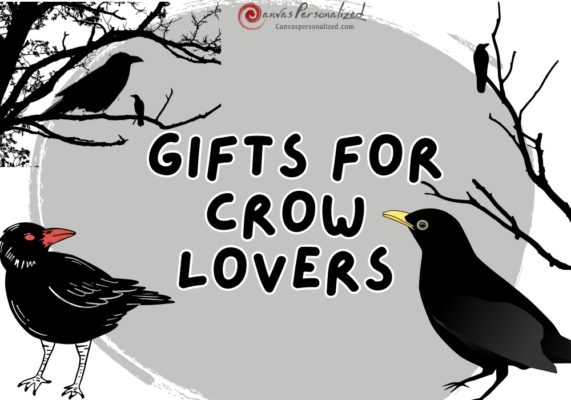Although many finches are stunning, not all are suitable pets due to their fragility or aggressive nature. Some are too wild to be around humans, so they stop talking to people and get depressed. There are hundreds of species of finches, but only a tiny fraction can survive in captivity. Here are the top 17 types of finches to keep as pets in 2023, compiled by Canvas Personalized Blog
The 17 Outstanding Types Of Pet Finches You Should Notice
1. Zebra Finch
- Common names: Zebra finch, chestnut-eared finch, spotted-sided finch, and Australian Aboriginal names “nyi-nyi” and “nyeen-ka”
- Scientific name: Poephla guttata
- Adult size: 4 inches long; one of the smaller (though not the smallest) finches
- Lifespan: 3 – 15 years, although 3 to 5 years is typical
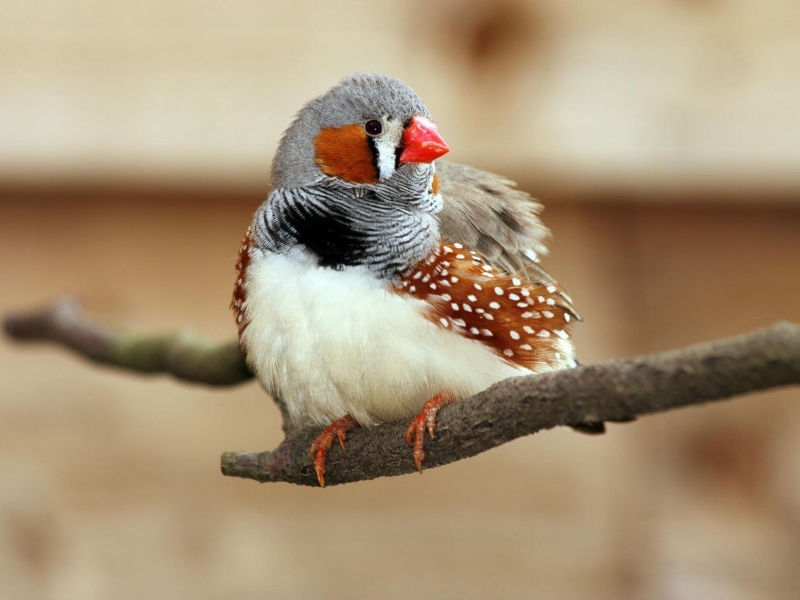
Regarding bird pets, zebra finches have found a niche as beloved household pets. Kids and adults enjoy them for their toughness, persistence, and sociability. Their tails and/or heads are striped black and white, but they have white breasts and what looks like chestnut-colored spots on their faces. These birds are friendly yet territorial, so they can only settle in with new flock members if they are raised together.
2. Purple Finch
- Common names: Purple Finch
- Scientific name: Haemorhous purpureus
- Adult size: 6 inches in length, weigh 25 g, and have a 10 inches wingspan
- Lifespan: 3 – 4 years, with many reaching 6 – 7 years
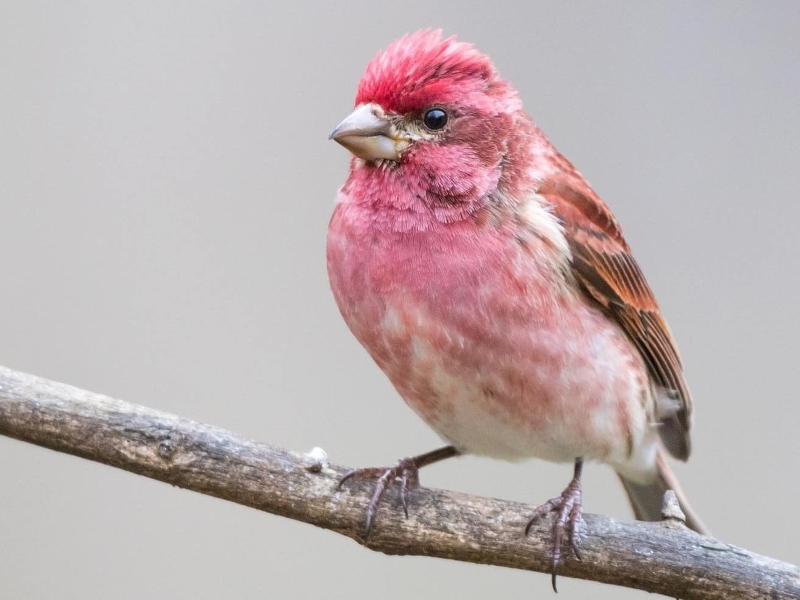
The beauty of a purple finch has been compared to a “sparrow dipped in raspberry juice.” The male is mostly red, with some brown on the finches wings, whereas the females are uniformly brown. During the breeding season, purple finches go to Canada. When fall comes, they head to the west coast of North America for the winter.
3. Brown Capped Rosy Finch
- Common names: Brown Capped Rosy Finch
- Scientific name: Leucosticte australis
- Adult size: 6.25 inches long
- Lifespan: 3 – 4 years

The only places this brown capped rosy finch can be found are in Colorado and northern New Mexico. They are brown all over, but there are pink spots on their dark wings, tails, and bellies. The females’ bills are black when they are breeding and yellow when they are not. Brown capped rosy finches inhabit remote areas of the highlands, far from any trees. During the colder months, they go down to lower altitudes. Nesting sites for this bird are typically inaccessible places like cliff faces or caves. Nyjer seeds and Black Oil Sunflower seeds are its favorite foods.
4. Gray Crowned Rosy Finch
- Common names: Gray-crowned Rosy-Finch
- Scientific name: Leucosticte tephrocotis
- Adult size: About 5.5 to 6.5 inches in length and 22 to 26 grams in weight
- Lifespan: 3 – 4 years
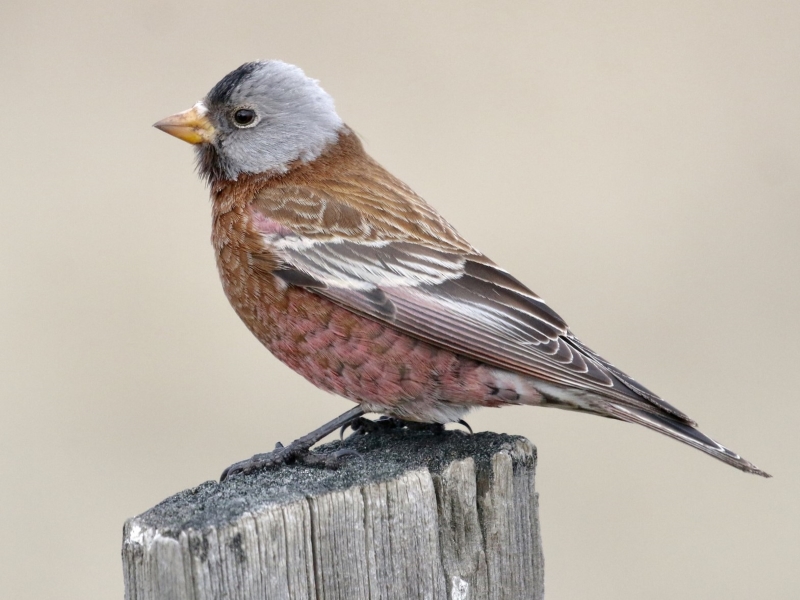
This pretty pink and brown bird is one of the toughest bird species. The Brooks Range, Rockies, Cascades, and Sierra Nevada are all home to Gray crowned rosy finches, as are the Aleutian and Pribilof Islands off the coast of Alaska. These chunky finches have pink bellies and wings. And they seem to be able to find food on snowfields, steep talus slopes, high winds, or during snowstorms.
5. House Finch
- Common names: House Finch, Hollywood Finch, Linnet (not to be confused with the Common Linnet in Europe)
- Scientific name: Haemorhous mexicanus
- Adult size: 5.5 inches in length, and weigh 19g – 22g
- Lifespan: Up to 11 years in wild but just between 2-5 years in captivity
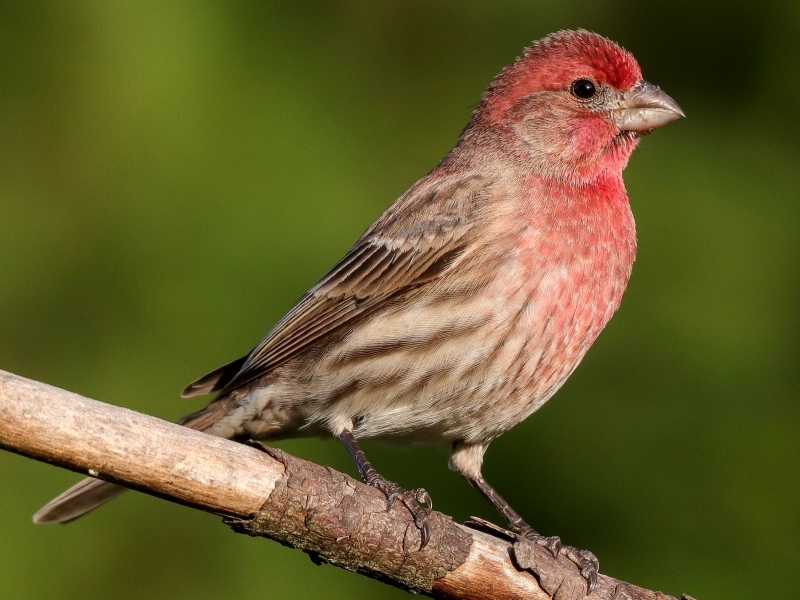
There is a lot of overlap between the house finch and the purple finch regarding their colorful males, thus, identifying them can be difficult. First and foremost, both sexes have the same conical, gray-brown bill with slight bulbous curves. You’ll notice that male birds have a brown crown that starkly contrasts their strawberry-red forehead and thick, fuzzy eyebrows. Unlike males, female House finches lack red and have unmarked faces; youngsters resemble adult females but are often scruffier.
6. Spice Finch
- Common names: Spice Bird, Scaley Breasted Finch, and Nutmeg Finch
- Scientific name: Lonchura punctulata
- Adult size: These may grow up to 5 inches in length and 10 grams in weight, making them much heavier than most other beautiful finches.
- Lifespan: 6 – 8 years
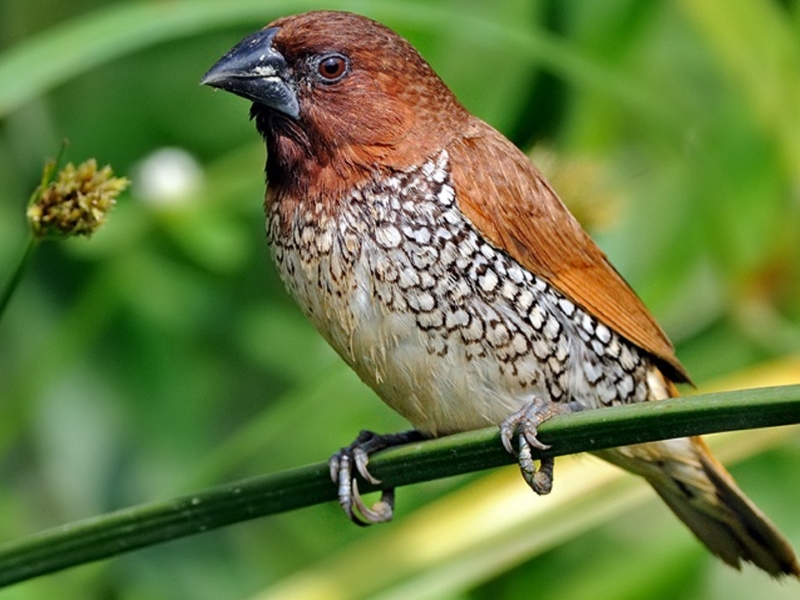
The Spice Finch is mostly rich brown with a scaly pattern on the breast. These birds are friendly and get along well with other kinds of birds as long as they have their own space to hang out in. Spice finches, also called nutmeg finches and mascot finches, are hard to raise and rarely talk or sing. Despite this, finches remain a common family pet option across the world.
7. Strawberry Finch
- Common names: Red Avadavat, Red Munia, and Strawberry Finch
- Scientific name: Amandava amandava
- Adult size: About 3.5 inches tall and weigh about 7 grams
- Lifespan: 7 – 10 years
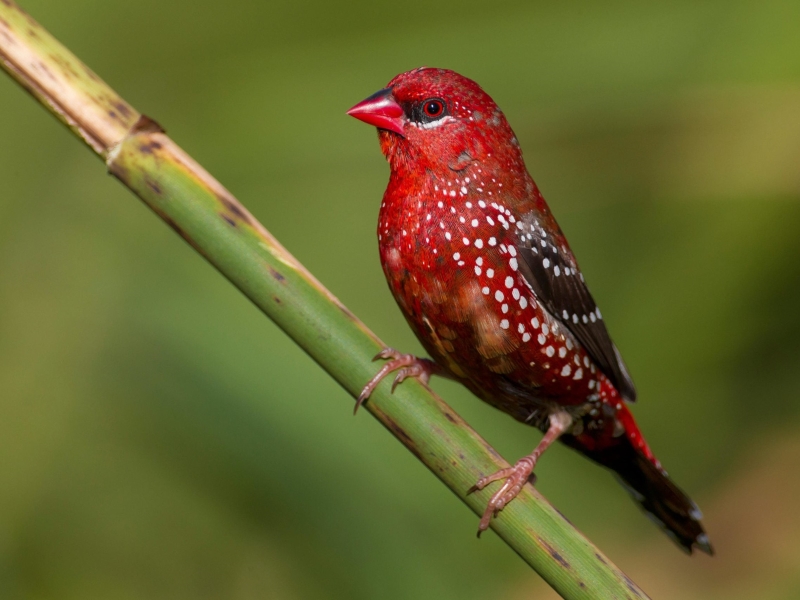
As its name implies, this finch species have brilliant red feathers. The white specks on the feathers are reminiscent of the flecks on a developing strawberry, and black patterns are possible. These colorful finches tend to be the more reserved variety, taking their time to get to know their environment before coming out to humans. It’s difficult to distinguish the males from the females. However, they are more challenging to breed commercially than others.
8. Gouldian Finch
- Common names: Lady Gouldian finch, Gould’s finch, rainbow finch
- Scientific name: Chloebia gouldiae
- Adult size: About 4.9-5.5 inches
- Lifespan: 4-6 years

The Gouldian finch, with its bright yellow underbelly and deep purple breast, is one of the most brilliant bird species. Their faces are usually a vivid shade of red or orange, and their wings can be any color from deep green to deep blue. Because of their striking plumage, these finches are much adored by titch fans around. These birds are friendly and don’t tend to show who’s boss when they’re around other birds.
9. Owl Finch
- Common names: Owl Finch, Bicheno Finch, Double-Barred Finch
- Scientific name: Taeniopygia bichenovii
- Adult size: 3–4 inches, ½ ounce
- Lifespan: 8–10 years
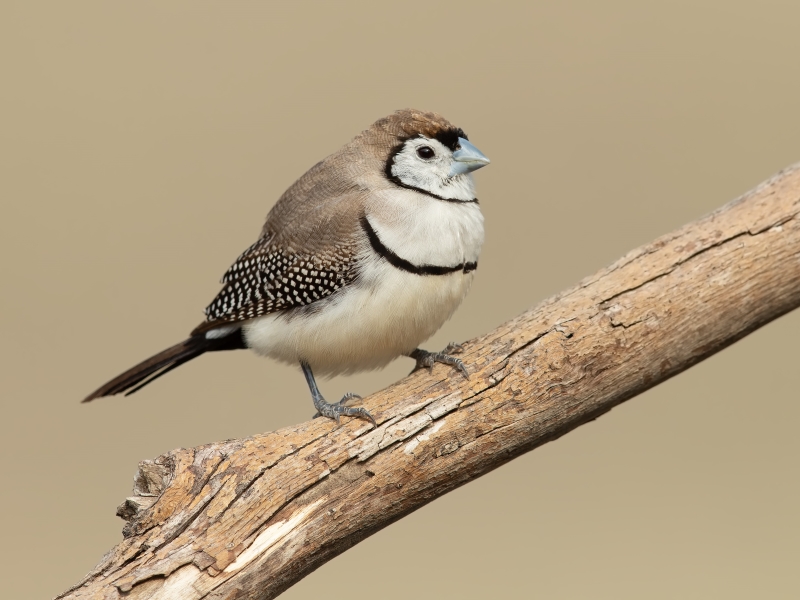
As their name suggests, these small birds are so called because of their owl-like patterns. Markings on the face and tail are common; their bodies are black with lighter heads. Their wings are often darker than the rest of their body. Their beaks are a grayish blue, with black stripes running down their chests. Because they are a rare species, their prices are higher than other bird’s breed.
10. Society Finch
- Common names: Society Finch or Bengalese Finch
- Scientific name: Lonchura domestica
- Adult size: 4 – 5 inches
- Lifespan: 3 – 7 years

True to their names, sociable finches are friendly to humans and other birds. They have a high reproductive rate, so pet owners worldwide may easily find one to add to their family. They are also quite vocal and talkative, which might be a nuisance in homes where the people prefer silence. The Society Finch often learns its song from its parents and then passes it on to its children, creating a musical tradition rooted in the family and distinct from other branches of the same species.
>> Further reading: 12 Types Of Cockatoo – Superstar Pets With Colorful Crests
11. Common Chaffinch
- Common names: Common chaffinch
- Scientific name: Fringilla coelebs
- Adult size: 5.5 – 6 inches
- Lifespan: 3 – 15 years
According to its name, the Common Chaffinch is a widespread species found throughout the Palearctic and in Africa. The male of this species of finch is distinguished from the female by its blue-grey crown and bright red underside. Male common chaffinches often sing to woo potential mates. More intriguing is the fact that they also have regional dialects. One such bird may be heard chirping delightfully in the springtime woods in this clip:
12. Star Finch
- Common names: Rufous-tailed finch, Red-tailed finch, and Red-faced finch
- Scientific name: Bathilda ruficauda
- Adult size: 4 – 5 inches
- Lifespan: 4 – 8 years
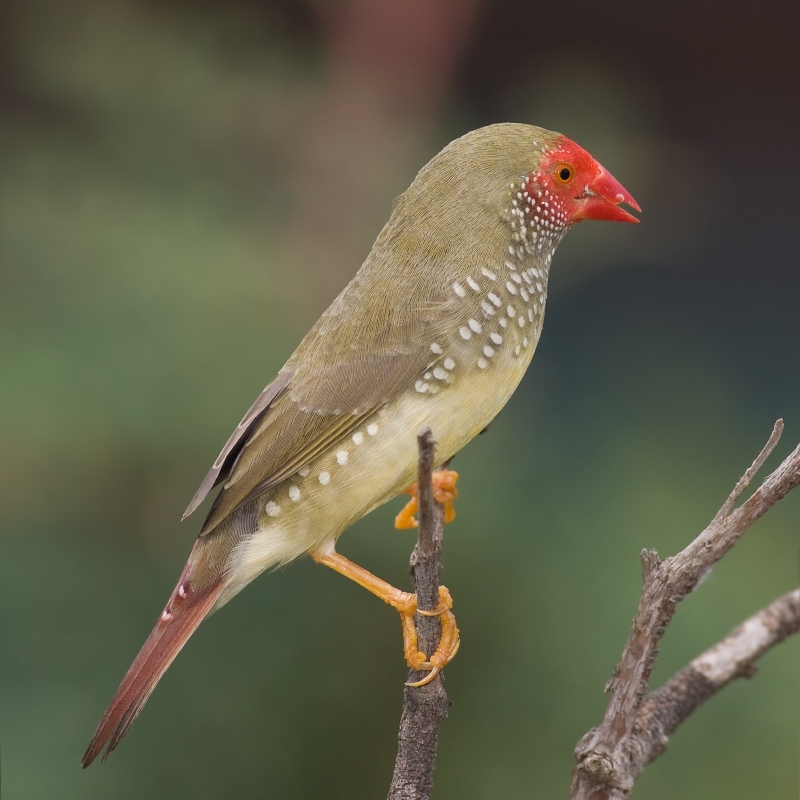
The olive or greenish-yellow color of the Star Finch has made it a popular species. Their bright red cheeks and white spots on their necks and chests make a lasting impression. They are not hostile or territorial, making them excellent choices as companions for other birds.
13. Black Rosy Finch
- Common names: Black Rosy Finch, Rufous-tailed finch, Red-tailed finch, and Red-faced finch
- Scientific name: Leucosticte atrata
- Adult size: 5.5 – 6.3 inches
- Lifespan: More than 8 years
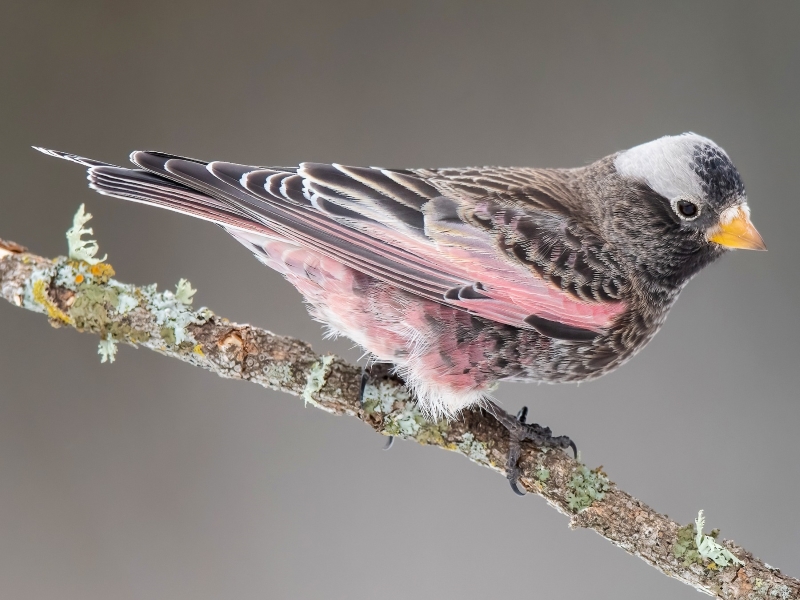
The Black Rosy Finch prefers remote alpine locations to build its nests in cliffs and fissures. Almost all black, this sparrow is accented with gray on its head and breast and pink on its wings and tail. To find food in the winter, Black Rosy Finches travel to lower elevations, where they may forage at the snow’s edge, by the side of the road, or at tube bird feeders.
14. Cassin’s Finch
- Common names: Cassin’s Finch
- Scientific name: Haemorhous cassinii
- Adult size: 5 – 6 inches
- Lifespan: Up to 7 years
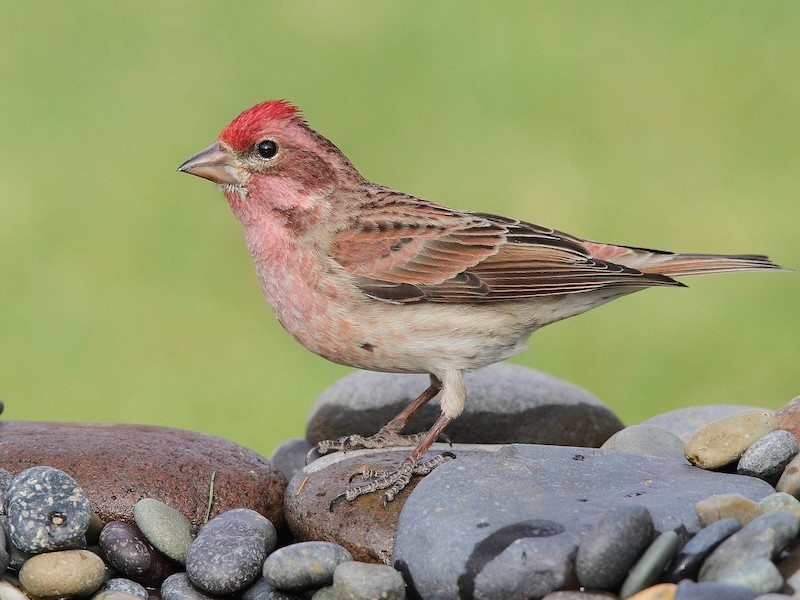
The Cassin’s Bird is the rosy-tinged finch typical of the mountains of western North America. But it is less well-known than its lookalikes, the House Finch and the Purple Finch. Small flocks search for food in the thick evergreen woods and groves of quaking aspen. A male Cassin’s finch has a lively song that often contains imitations of the cries of other birds.
15. Lesser Goldfinch
- Common names: Cassin’s Finch
- Scientific name: Spinus psaltria
- Adult size: 5 – 6 inches
- Lifespan: 3 – 6 years
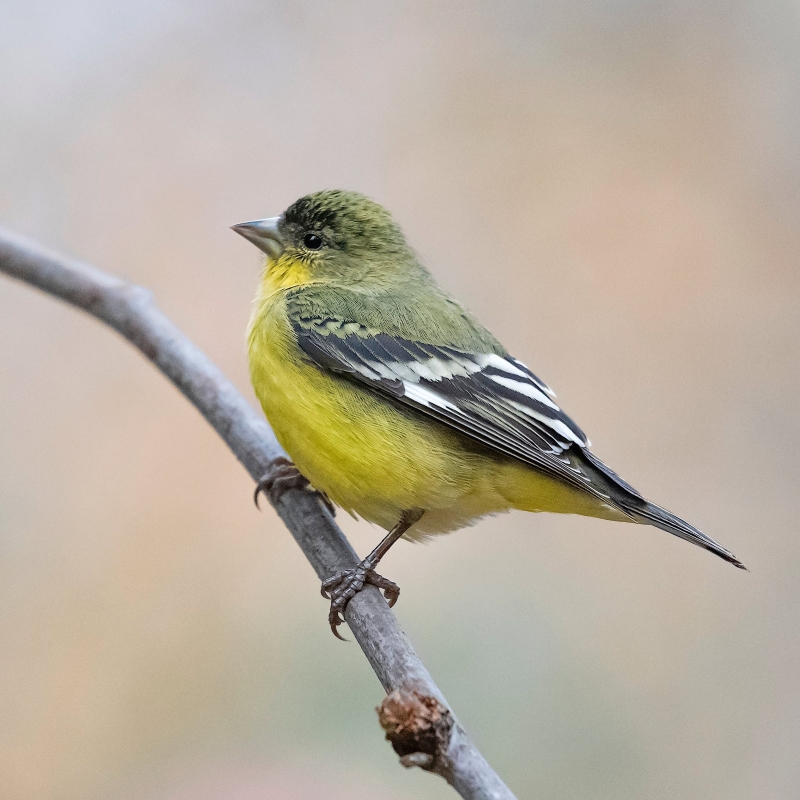
This species of Lesser Goldfinch may be found as far south as the Andes of Peru, where it feeds mainly on sunflower seeds and related plants. Depending on their geographic location, males might appear in various shades. A male finch’s back is always green on the West Coast, but elsewhere it might be any number of colors. The Mexican species all had black backs. Lesser Goldfinches are like bird feeders with seeds and grains in yards with shrubs because they feel safer there.
16. Lawrence’s Goldfinch
- Common names: Lawrence’s Goldfinch
- Scientific name: Spinus lawrencei
- Adult size: About 4.75 inches in length and 0.4 ounces
- Lifespan: 4 – 6 years
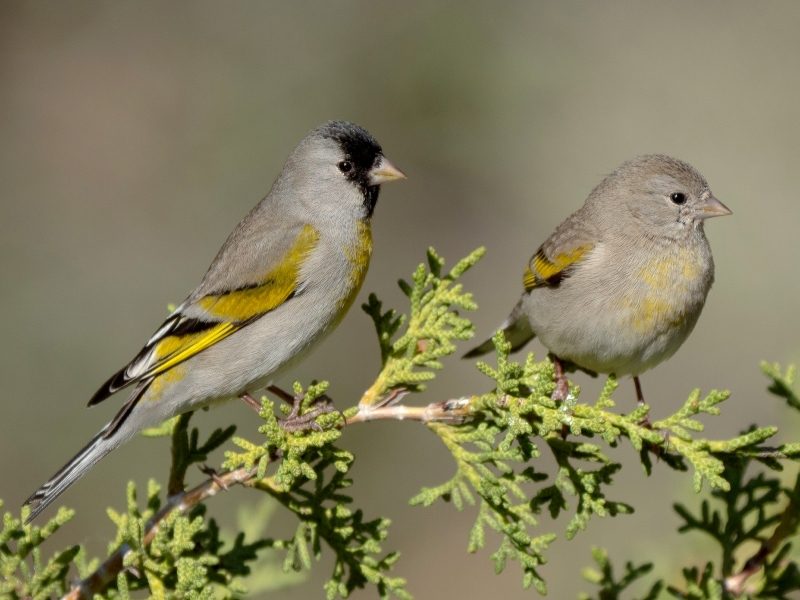
The body of the tiny Lawrence’s goldfinch is generally grey. Males have yellow chests and bellies and black on the head and throat. They have black bodies and golden wings. Males’ colors tend to be brighter and more vibrant than those of females.
In North America, they are the most well-known of all songbirds. They make distinctive flight calls and sing basic, occasionally melodic tunes. They have adapted to the dry climates of the California desert and elsewhere. This species is migratory and always on the go in quest of sustenance. They were given their name in honor of George Lawrence, a successful entrepreneur from New York.
17. American Goldfinch
- Common names: American Goldfinch
- Scientific name: Spinus tristis
- Adult size: About 4.3–5.5 inches in length and weighs between 0.39–0.71 oz
- Lifespan: 3 – 6 years
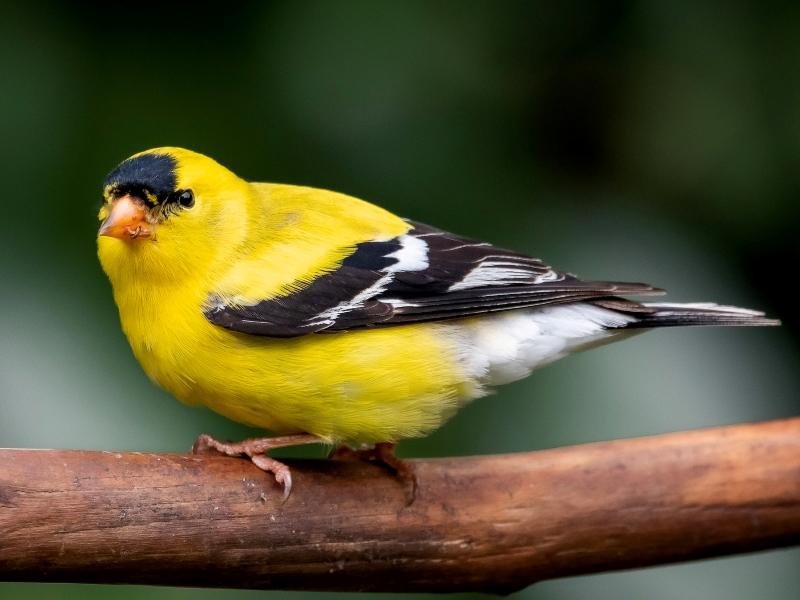
The American goldfinch is a small bird that moves around North America. With this species, there is a clear gender divide. Females of this species are olive-brown on top and dull yellow underparts, while males are bright yellow with black on the forehead, wings, and tails during the breeding season.
This type of pet finch eats during the day, called a diurnal feeder. It is one of the few birds that only eat seeds and plants. Goldfinches are mostly granivorous, meaning that seeds make up the majority of their diet, and they eat a lot of them. They can adapt to a diet of seeds thanks to the conical shape of their beak.
How To Care Pet Finches Types
Duet & Nutrition
A finch’s diet should include all of the following:
- Between 60% to 70% of a finch’s diet should consist of this comprehensive and balanced pelleted food.
- All fresh food (bell peppers, leafy greens, carrots, squash, sweet potatoes, pumpkin, green beans, apples, melon, grapes, kiwi, banana, papaya, and mango) must be cut into small pieces so tiny finch beaks can pick them up.
- Daily water changes ensure that the water is clean and fresh.
- Little bits of seed (sunflower seeds, wheat, and naked oats). Even though seeds don’t have all the nutrients they need, they have fat, which is important for making hormones that drive mating behavior.
- To meet their increased protein needs during breeding and egg-laying, finches should be fed commercially available “egg food,” tiny portions of cooked eggs, or freeze-dried or live insects like crickets, mealworms, and waxworms twice or three times a week.
Remember these things when you feed your finch:
- Fruits and vegetables not consumed within 10 hours should be discarded to prevent spoilage.
- Millet spray can be given to your pet as a special treat once or twice weekly.
- Avoid giving your bird anything with avocado, fruit seeds, chocolate, caffeine, or alcohol since these things poison birds and might lead to illness or death.
- Never give a bird any of your food or saliva, as the bacteria in human lips can cause fatal sickness in birds.
- No more than 10% of their daily caloric intake should come from treats.
Exercises
Most of these tiny birds’ activity comes from flying straight across the cage and climbing on perches and branches. Ensure your bird’s cage or aviary has enough room to pass. More physical activity is not necessary for them.
Pros and Cons of Keeping These Charming Finches As Pets
Finches, members of the songbird family, are lively, tiny, and colorful birds. Many people choose to keep them as pets because of their upbeat melodies and playful natures. However, you should weigh the benefits and drawbacks of having a finch as a pet before making a final decision. Keeping finches as pets has several pros and cons, the most notable of which are as follows:
Pros:
- Enjoyable to watch: Finches are very interesting as they fly, sit, play, and talk to each other in their box. They come in various colors, patterns, and sizes, making them beautiful and easy to notice. They can also make different sounds, from soft chirps to loud trills.
- Low maintenance: Finches need less maintenance than other pet bird types. They are content with themselves and do not need much attention from humans. A huge cage is unnecessary if the bird has adequate room to exercise and fly. Because of their abundance and low cost, seeds, fruits, and vegetables comprise the bulk of their diet.
- Social: Finches are amiable creatures that do best in groups or couples. They can communicate via calls and body language and build close ties with their partners and other flock members. If there is enough room and food in the cage, they may coexist peacefully with other finch species.
Cons:
- Noisy: A finch’s loud chirping may be heard at any time of day. Depending on the listener, their tunes may range from nice and calming to loud and obnoxious. When finches are under pressure, bored, or trying to have a baby, they may make more noise than usual.
- Aggressive: Aggression between finches or other caged birds is not uncommon. This may occur due to rivalry for a scarce resource (such as food, territory, a partner, or power). Injuries, stress, and even death may result from aggression among finches. Finches should be housed in appropriate pairs or groups and provided with enough housing and food to reduce the risk of aggressiveness.
- Health problems: Numerous health issues shorten finches’ lives and diminish their quality of life. Parasites, infections, malignancies, feather plucking, egg binding, and obesity are just some of the many health problems finches face. Temperature, humidity, drafts, and pollutants are all potential environmental stressors for finches.

How To Buy Or Adopt A Finch As Your Pet
These finches can be purchased from breeders and pet stores or rescued and adopted from animal shelters. You should expect to pay anywhere from $20 to $40 for a finch. Since you might want to have more than one bird for social reasons and to keep your birds happy, they can cost anywhere from $40 to $80 per pair.
| Name | Website | Number |
| The Finch Farm | http://thefinchfarm.net/ | 877-527-5656 |
| Feathered Treasures Aviary | https://www.featheredtreasuresaviary.com/ | 219-789-0026 |
| Uncle Bill’s Pet Center | https://www.unclebills.com/pets-and-pet-supplies/birds/finches | 317-388-0808 |
It’s important to ask questions about the finch’s background, health, and temperament when contacting any of these providers to ensure you get the right pet for your family and routine. Additionally, before deciding on a finch species as a pet, ensure you are well-versed in its particular dietary and environmental requirements.
>> Do not miss out on these articles:
- 15 Types Of Pigeons And Doves – Gentle & Charming Pets
- 9 The Most Popular Types Of Lovebirds As Stunning Pets
Everyone knows finches are the most prevalent type of bird to visit backyard feeders. Often, they have very large populations. Studies suggest that overall numbers are decreasing due to deforestation and shifting forest management toward wood species that are less hospitable to finches. You may have difficulties finding some particular types of finches if you’re looking for them as a pet.
To sum up, they are gentle and cute little birds that may make good pets. Canvas Personalized Blog hopes that the list of types of pet finches above will help you and your family choose the right one.


